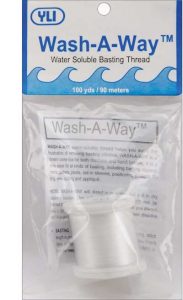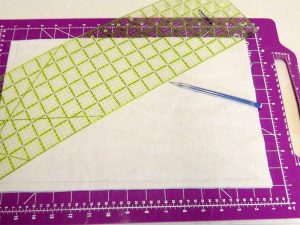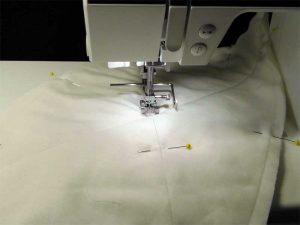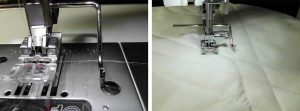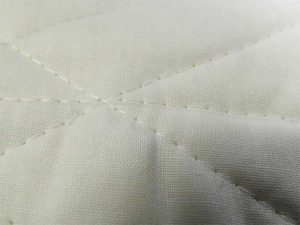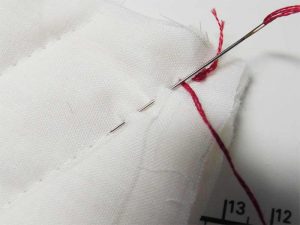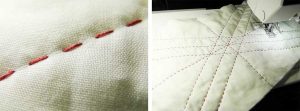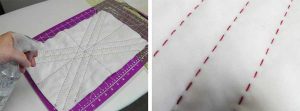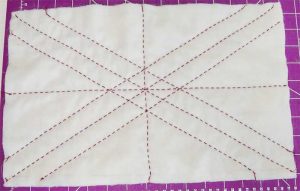The allure of the classic French jacket – its mystique has captivated for years.
 Long before rediscovering garment sewing several years ago, I admired this garment for its timeless elegance on the outside, never understanding that the magic on the inside is the real story. Quilting lofty bouclé to silk lining with rows of stitches that are all but invisible from the outside produces a sumptuous quality double-layer that hugs the body almost like a sweater and feels like heaven to wear.
Long before rediscovering garment sewing several years ago, I admired this garment for its timeless elegance on the outside, never understanding that the magic on the inside is the real story. Quilting lofty bouclé to silk lining with rows of stitches that are all but invisible from the outside produces a sumptuous quality double-layer that hugs the body almost like a sweater and feels like heaven to wear.
While creating this garment is a lengthy process with a great deal of hand sewing, (many have estimated it to take anywhere from 70 to over 100 hours), none of the steps are particularly difficult. Many find the slow and steady pace to be relaxing and contemplative, thoroughly enjoying the rhythmic repetition, the time-honored techniques and the effort of perfecting one stitch after another.
If one were ever to splurge on materials and trims, this is the time!
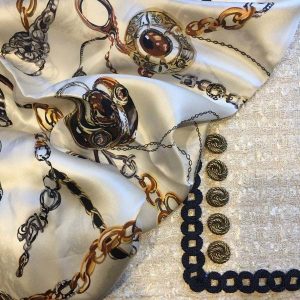 Given the amount of labor invested, only the best will do. Quality bouclé can be sourced at many online retailers – some of the more popular are:
Given the amount of labor invested, only the best will do. Quality bouclé can be sourced at many online retailers – some of the more popular are:
- Linton Direct UK
- Elliott Berman
- Mendel Goldberg
- B&J
- Emma One Sock
You’ll still be thousands of dollars ahead in the end. Did you know that the price of an off-the-rack Chanel original averages around $5,000 and the made-to-measure haute couture version begins at upwards of $15,000 to $20,000?
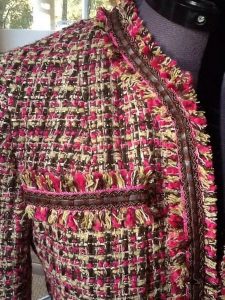 For anyone interested in trying these techniques for the first time, Blueprint’s class (formerly Craftsy) “The Iconic Tweed Jacket” by Lorna Knight offers great value and an approachable starting point. I was thrilled with the success achieved on my first jacket and came away with the confidence to move to the next level.
For anyone interested in trying these techniques for the first time, Blueprint’s class (formerly Craftsy) “The Iconic Tweed Jacket” by Lorna Knight offers great value and an approachable starting point. I was thrilled with the success achieved on my first jacket and came away with the confidence to move to the next level.
For a full-on couture experience, Susan Khalje’s class, in-person or on-line, is thought by many to be the gold standard. True haute couture methods are employed throughout and her three-piece sleeve with vent allows for prominent placement of featured trim and fancy buttons, both authentic hallmarks of Chanel.
It starts with a muslin
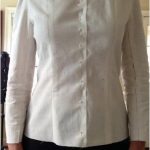 A perfectly fitted muslin (or toile) is your best friend when beginning this project. Vogue 7975 is the pattern many use since its shoulder princess seams permit the best opportunity for bust adjustments.
A perfectly fitted muslin (or toile) is your best friend when beginning this project. Vogue 7975 is the pattern many use since its shoulder princess seams permit the best opportunity for bust adjustments.
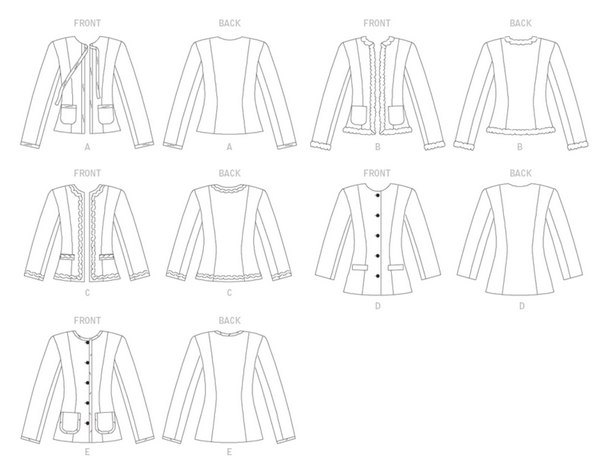 Time for Adjustments
Time for Adjustments
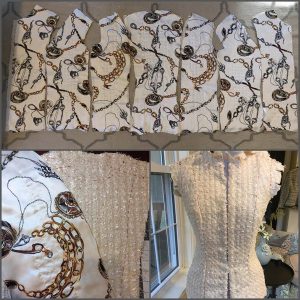 Once necessary adjustments have been made and the muslin fit perfected, it is cut apart on the seam lines and used as the jacket’s actual pattern. For optimum accuracy, each piece is thread traced along the seam lines on a single layer of fabric. Measured seam allowances are not used in couture sewing; large rough borders are cut around each piece and the thread traced lines are matched throughout construction.
Once necessary adjustments have been made and the muslin fit perfected, it is cut apart on the seam lines and used as the jacket’s actual pattern. For optimum accuracy, each piece is thread traced along the seam lines on a single layer of fabric. Measured seam allowances are not used in couture sewing; large rough borders are cut around each piece and the thread traced lines are matched throughout construction.
Machine Quilting the Sections
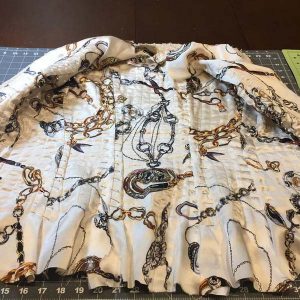 Each bouclé section is then machine quilted to silk charmeuse lining and the bouclé layer is sewn by machine while keeping the lining edges free to be hand fell-stitched together on the inside. Next, each lining seam is carefully pinned and hand fell stitched closed.
Each bouclé section is then machine quilted to silk charmeuse lining and the bouclé layer is sewn by machine while keeping the lining edges free to be hand fell-stitched together on the inside. Next, each lining seam is carefully pinned and hand fell stitched closed.
The control one has by hand stitching is truly unmatched. Before falling in love with couture sewing, I would have avoided hand stitching at all costs but I now find myself including some on nearly everything I sew. Collars, cuffs, facings and basting of any sort; they all benefit greatly from the accuracy of hand stitching.
On to the Sleeves
Once the “vest” has been completed, the sleeves are similarly assembled then attached to the jacket entirely by hand. Front hook and eye closures are added and the jacket’s trim is hand applied before fell-stitching the outer edges of the lining closed.
Pockets
The desired number of pockets and their placement is determined and they are constructed and trimmed in the same manner as the jacket. Each is backed with hand stitched silk lining and matching trim is applied.
Buttons
Finally, decorative buttons are added to the sleeve vents and pockets and the iconic chain is stitched along the inner hemline. The chain is said to counterbalance the weight of heavy buttons and prevent the jacket from slipping forward on the shoulders but, primarily, it adds that special touch of luxury on the inside!
Not just for Suits
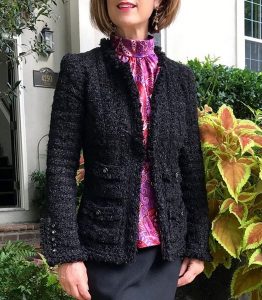 While I’ve made a matching skirt for all but one of my six French jackets, they are most often worn with jeans, proving there is a place in every wardrobe for this classic you will be proud to say you’ve created yourself. No one will believe you’ve made it!
While I’ve made a matching skirt for all but one of my six French jackets, they are most often worn with jeans, proving there is a place in every wardrobe for this classic you will be proud to say you’ve created yourself. No one will believe you’ve made it!
~ Post by Julie Starr – Julie is the co-author of the Tunic Bible with Sarah Gunn. Both will be teaching at the 2019 ASG Conference in Boston.







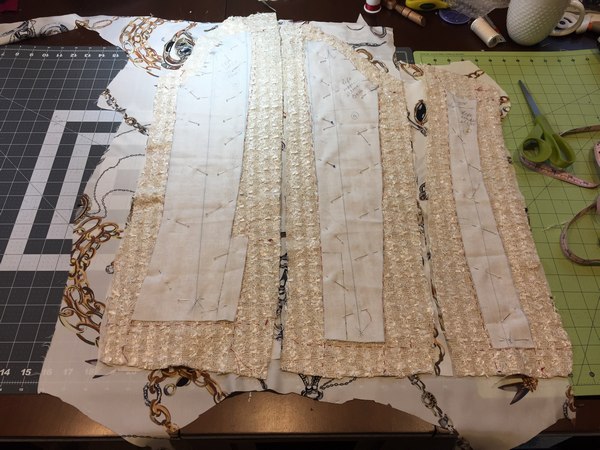
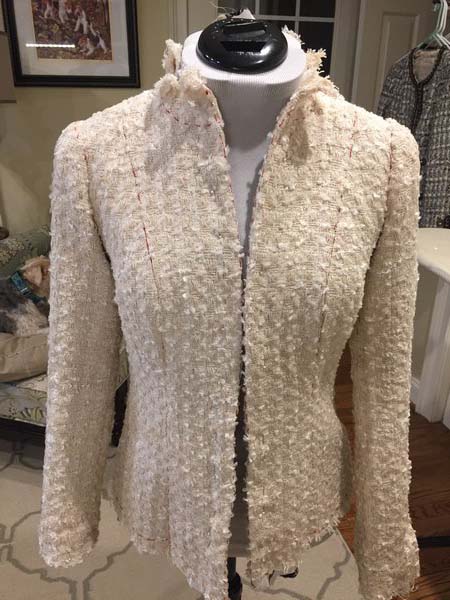
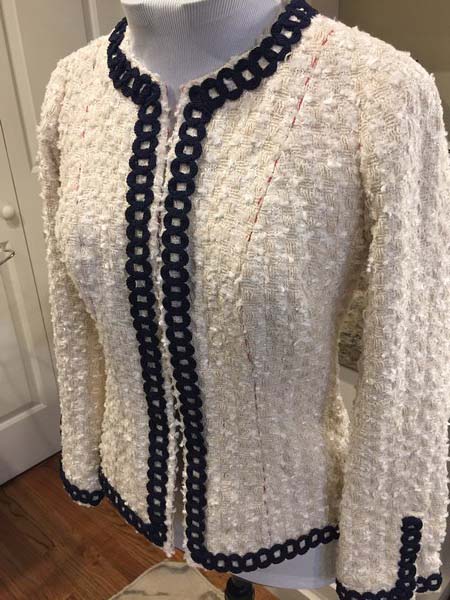
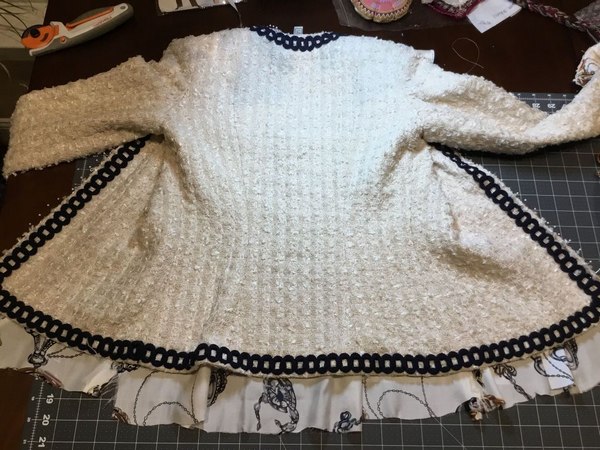
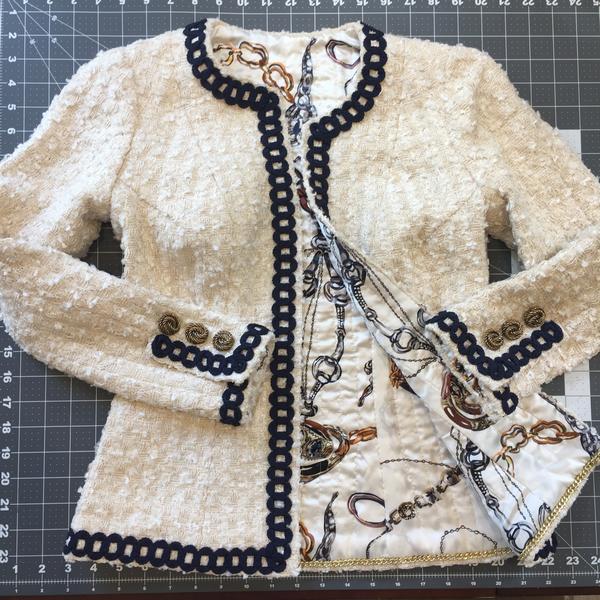
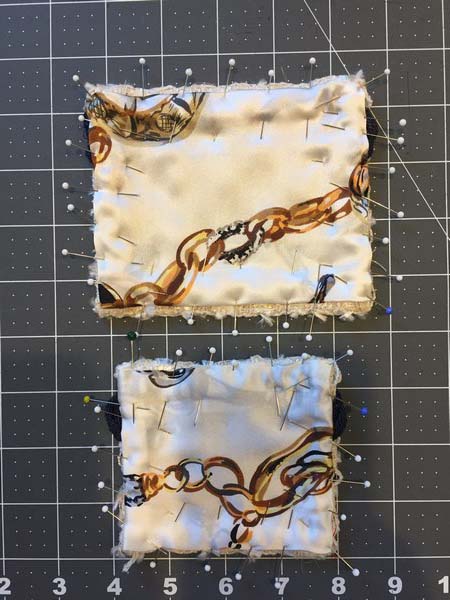
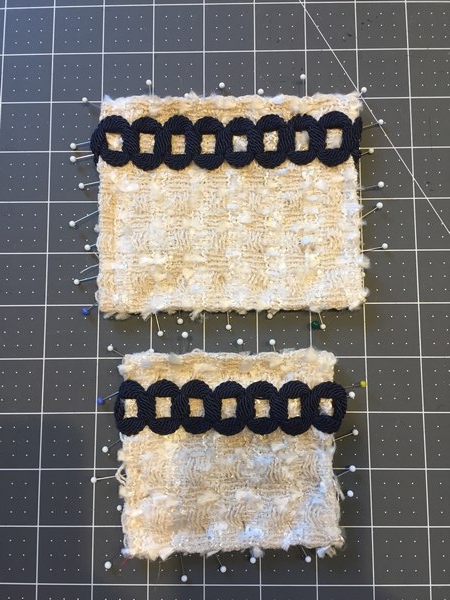
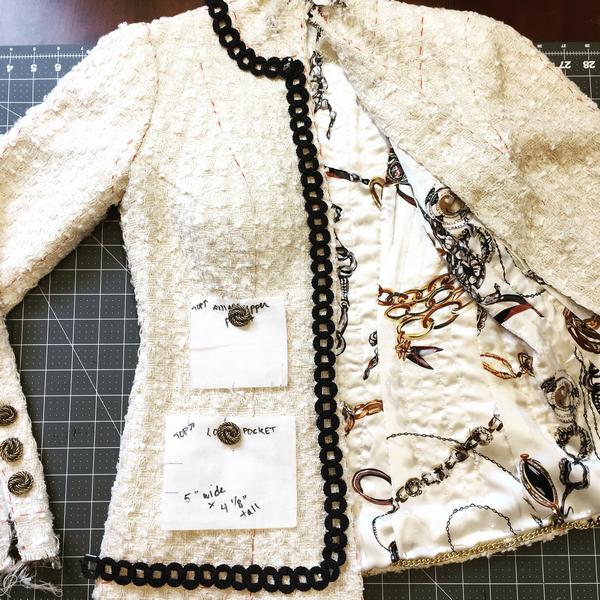
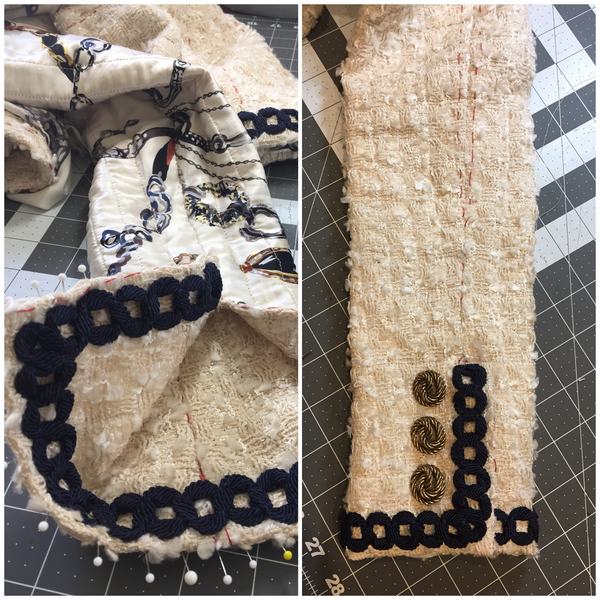
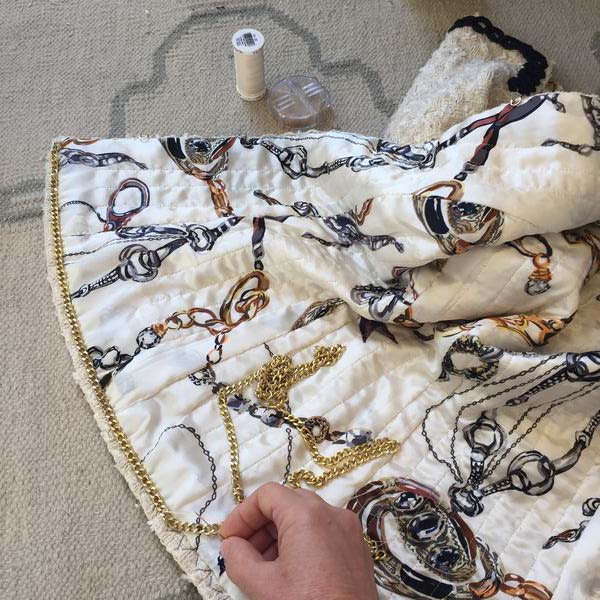
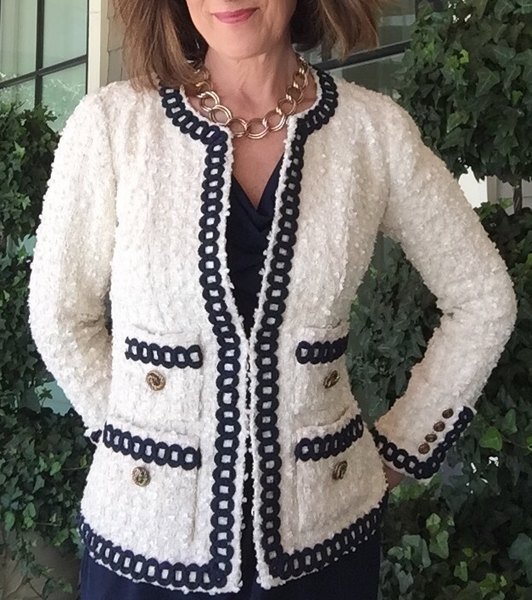
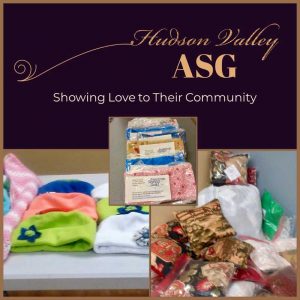
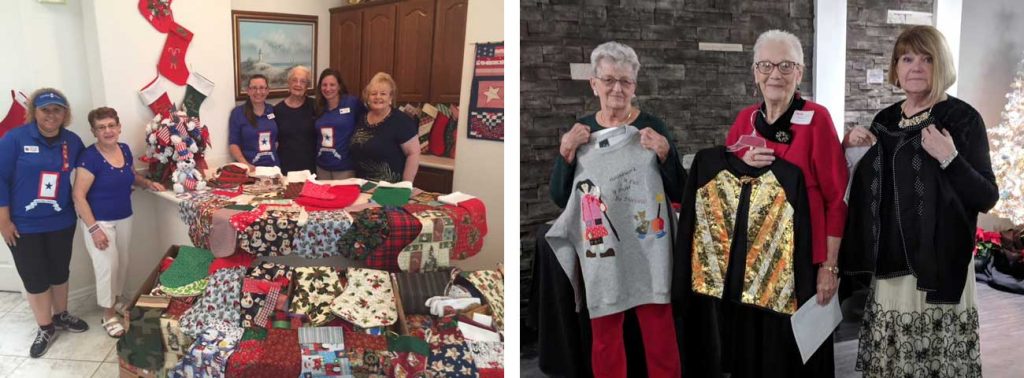
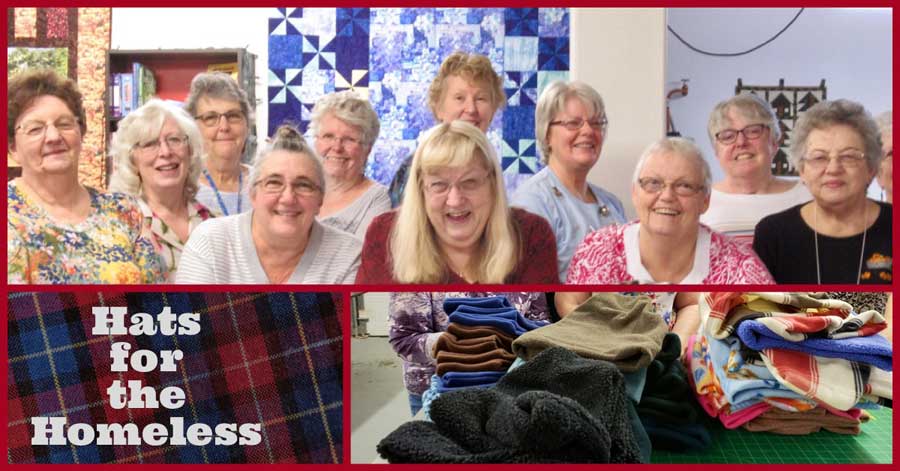
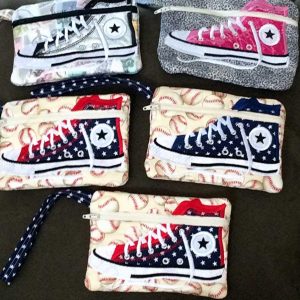 The bags feature great detail, yet are very simple to make using the downloadable in the hoop (ITH) embroidery designs from Disorderly Threads. Donna promised that the instructions were easy to follow, and those who later went to the site and purchased patterns from them confirmed that the instructions were exactly as Donna described. Each design comes with its own set of clearly written procedures featuring pictures every step along the way to guide even the novice machine embroiderer to success through embroidery and applique aspects of the designs.
The bags feature great detail, yet are very simple to make using the downloadable in the hoop (ITH) embroidery designs from Disorderly Threads. Donna promised that the instructions were easy to follow, and those who later went to the site and purchased patterns from them confirmed that the instructions were exactly as Donna described. Each design comes with its own set of clearly written procedures featuring pictures every step along the way to guide even the novice machine embroiderer to success through embroidery and applique aspects of the designs.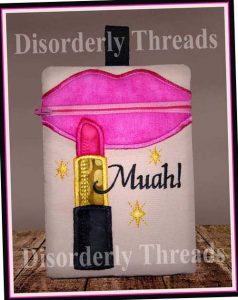
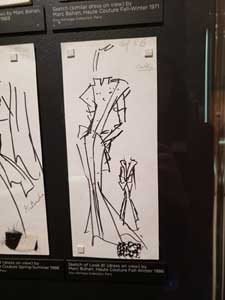 On a beautiful, sunny day in January, the Colorado Springs ASG garment group toured the Dior exhibition held at the Denver Art Museum. I had heard glowing reviews from other friends who had attended, but I was not prepared for the scope of the offering. A selection of more than 200 couture dresses was on display, along with many drawings, mood boards and accessories. The exhibition was even more fantastic because of the way the garments were presented, having been designed by the internationally renowned architect Shohei Shigematsu.
On a beautiful, sunny day in January, the Colorado Springs ASG garment group toured the Dior exhibition held at the Denver Art Museum. I had heard glowing reviews from other friends who had attended, but I was not prepared for the scope of the offering. A selection of more than 200 couture dresses was on display, along with many drawings, mood boards and accessories. The exhibition was even more fantastic because of the way the garments were presented, having been designed by the internationally renowned architect Shohei Shigematsu.